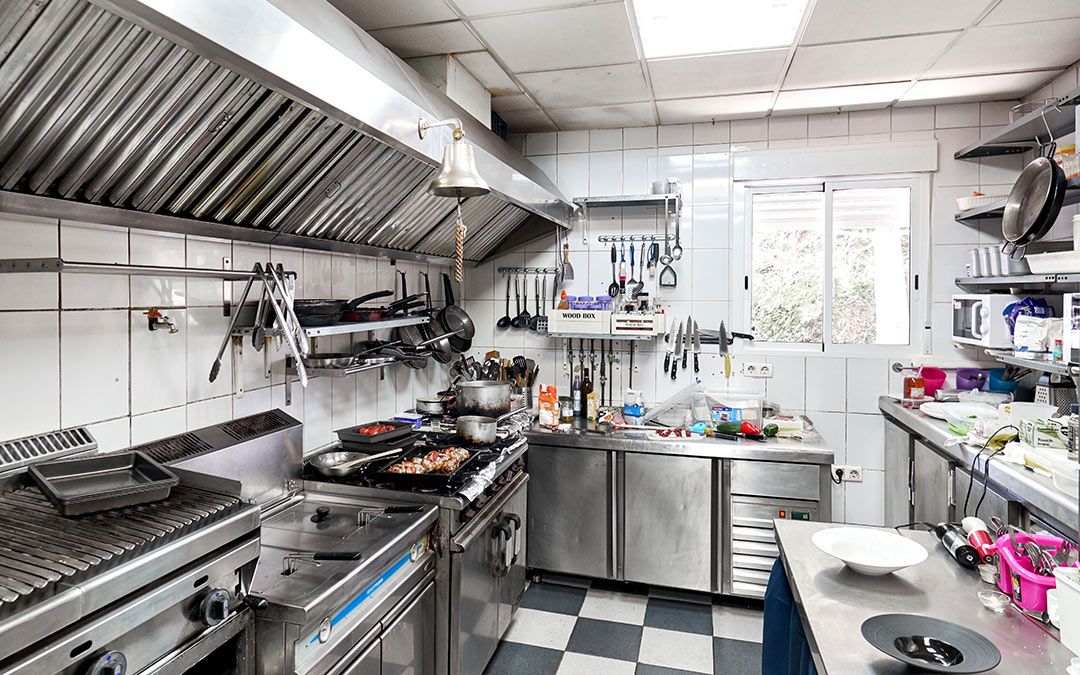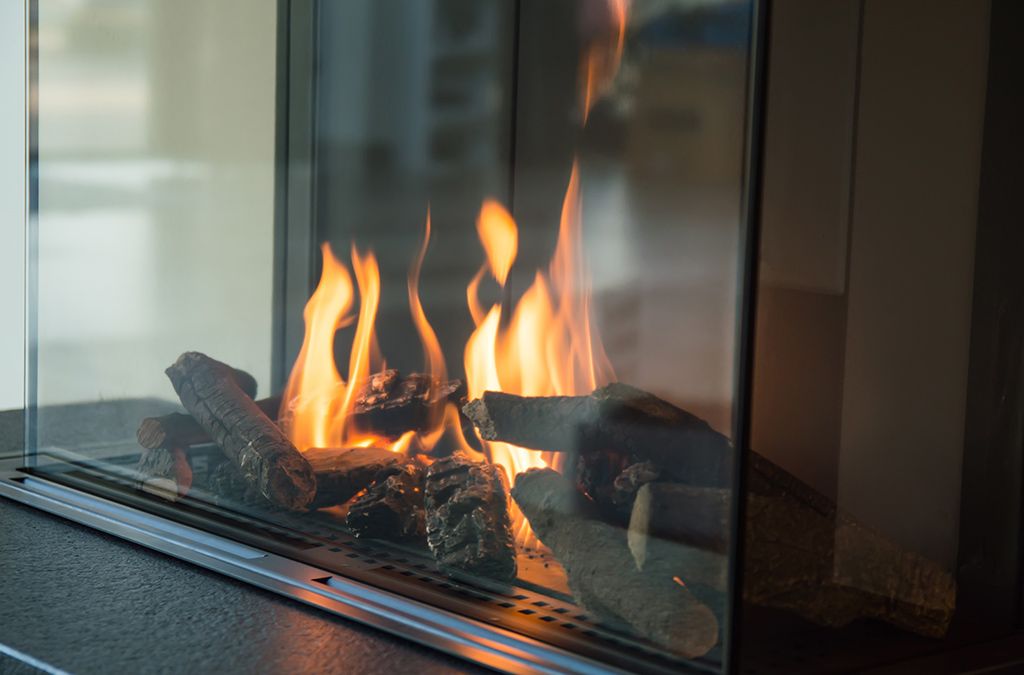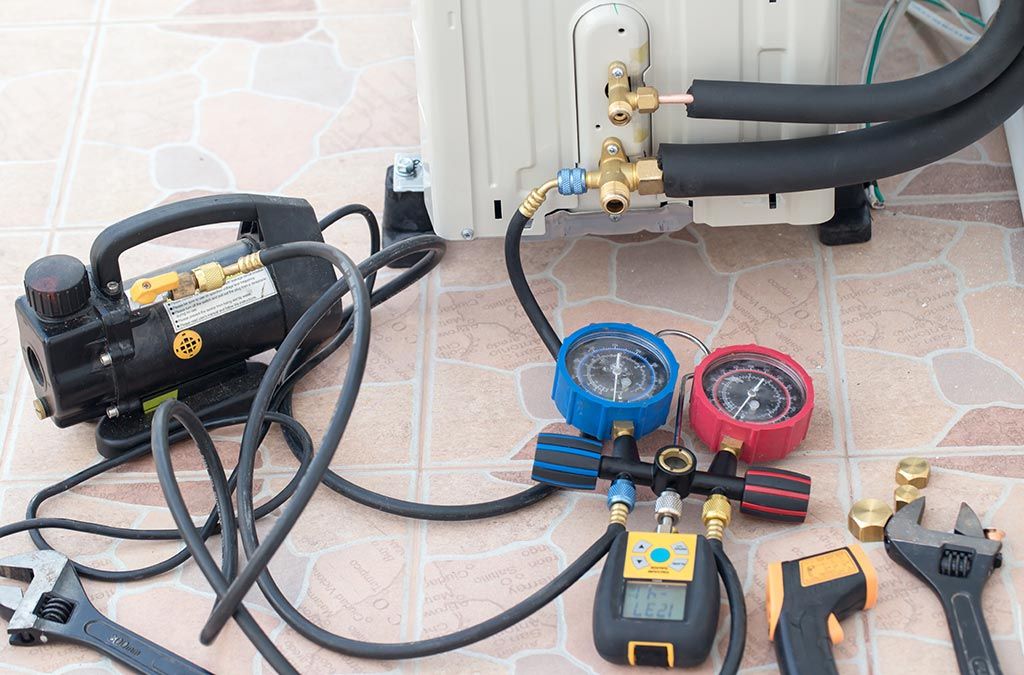3 Tips to Ensure Maximum Ventilation in Your Commercial Kitchen
Proper ventilation for any restaurant business is a crucial part of its design. Finding the right restaurant hood vent, as well as installing a proper kitchen ventilation system, are some of the most complicated parts in designing a good restaurant. After all, the kitchen is the heart of your restaurant business.
Do you need assistance with ensuring your commercial kitchen is properly ventilated? If so, read on! Here are 3 tips to ensure there is maximum ventilation cycling throughout your restaurant’s kitchen.
- Necessary Ventilation
In restaurants there are two kinds of ventilation you need to have to guarantee things will stay cool: necessary ventilation and general ventilation. We’ll talk about what exactly necessary ventilation entails first.
An exhaust hood counts as necessary ventilation. This system is what captures and filters all of the heat, fumes, smoke, and other air particulates that are not needed inside the kitchen. The kitchen vent hood is another essential component to your kitchen’s ventilation system. This component is usually attached to the top of your ovens. Wall-mounted hoods are usually a better option as opposed to traditional overhead option for safety reasons.
Another component of necessary ventilation is makeup air. Air is continuously exhausted outside of the restaurant at a 100% rate, so it’s very important to take in an ample amount of air from outside at a rate of 80%. This is makeup air—it compensates for the exhausted air. Without it, it can cause negative effects in the restaurant building such as poor air quality, back-venting of combustible gases, drafty or stuffy areas, and reduced energy efficiency.
Lastly, fire suppression systems must be integrated with exhaust hoods according to your building codes. Fire is the number one cause of destruction in the kitchen, so for everyone’s safety and security this type of system does count as necessary. To ensure no fire starts in the first place, get all of your vents and equipment properly cleaned and maintained by a licensed company.
- General Ventilation
General ventilation consists of systems that aren’t as necessary as exhaust hoods, but they can still help if things are still a little too hot to handle. The make-up air will generally come from a wide variety of sources such as a rooftop intake unit or properly screened doors and windows.
General ventilation can be as simple as shutters on kitchen windows that are exposed to full sunlight daily. It can also include opening doors and windows in the cool of the morning or late in the evening. Not only does this count as general ventilation, but also it’s good cooling practice (see our previous blog post for more cooling tips!).
Air that goes out kitchen exhaust vents is replaced with a mix of make-up air from a variety of sources, including the dining room, a rooftop intake unit or open doors or windows that are properly screened to prevent insects and other pests from invading food preparation areas. To reduce heat, shade or shutter kitchen windows that are exposed to full sun. Open in the cool of the morning or later in the evening to let in fresh air.
If the kitchen is still too hot for everyone to handle, fans may be worth considering to add to your restaurant’s general ventilation. You may have to experiment with placement to find that sweet spot for the best circulation. Fans should be aimed away from hot food and prep areas where lighter items could scatter. Auxiliary fans must not interfere with exhaust fans, either. You could consider using a floor fan with another propped on a steady surface above, such as the top of the refrigerator. However or wherever you decide to use fans in your restaurant, make sure their blades and systems are kept clean and maintained as well.
- HVAC
One of the best ways to ensure there is proper ventilation being circulated throughout the entire restaurant is to integrate it with an HVAC system. While the kitchen is the heart of the restaurant, the other rooms such as the dining room need to stay cool and consist of good air quality too.
Central air conditioning is going to be the best choice for your restaurant. Why? Because you can’t use portable fans or window air conditioners around a hood vent system. Doing so will force hot, greasy air out from under the hood and dispense to the dining room (not what anyone wants to smell!). There is in fact a 10 foot minimum to hood rule for air diffusers placed near a hood. This is why it’s best for any cooling system in a kitchen to be handled by a professional technician.
Remember, the HVAC part of your commercial kitchen only works so as long it’s properly cleaned and maintained, as well as working in sync with the rest of the ventilation. If you still find it difficult to keep the temperature down, or you’ve found a problem that requires an HVAC technician, give our team a call. At Rep-Air Heating And Cooling we provide our customers with many options that will best suit your needs from heating and cooling to refrigeration. Contact us today for your complimentary quote: 1-778-728-1476 or contact@repairheatingandcooling.com and don’t forget to take a look at our website: https://repairheatingandcooling.com. Follow us on Facebook and Instagram for free giveaways!










